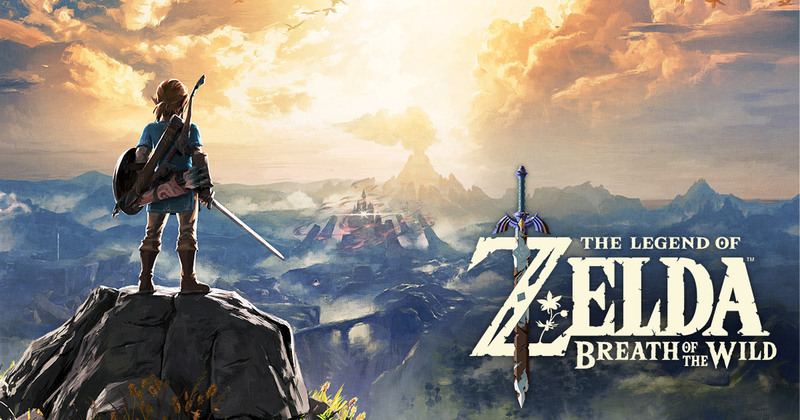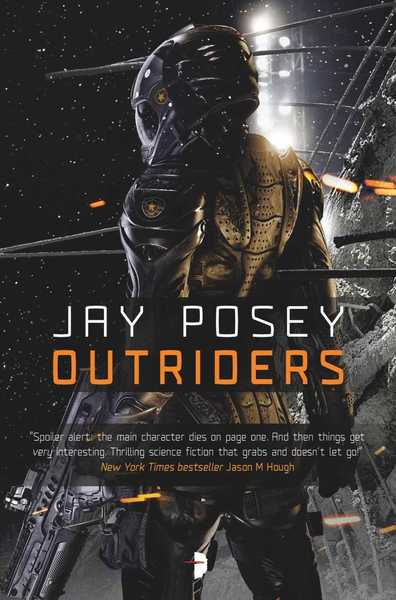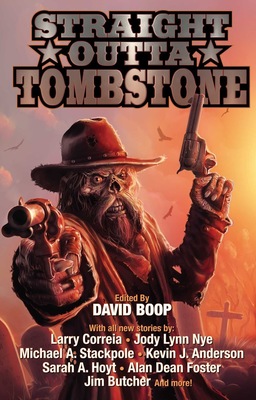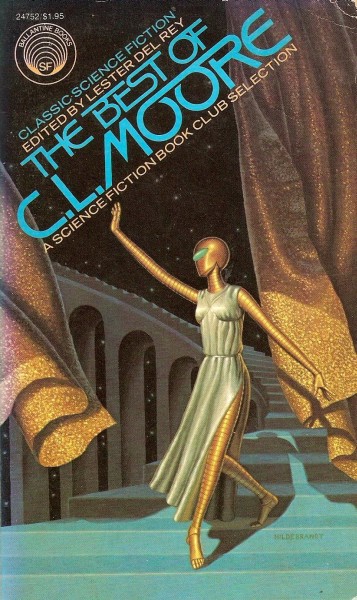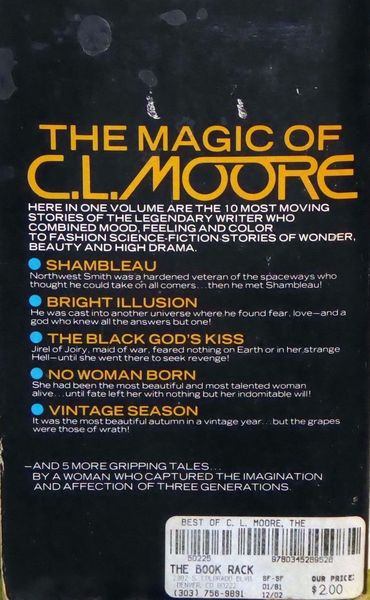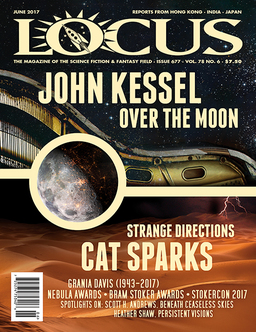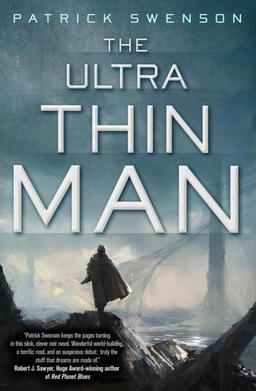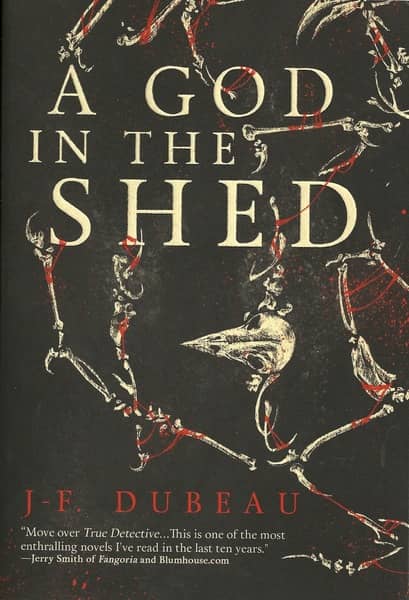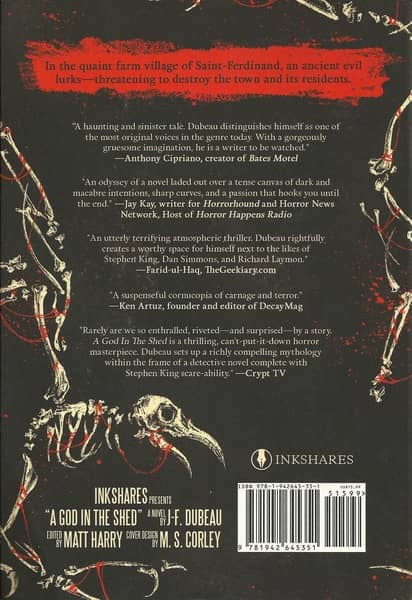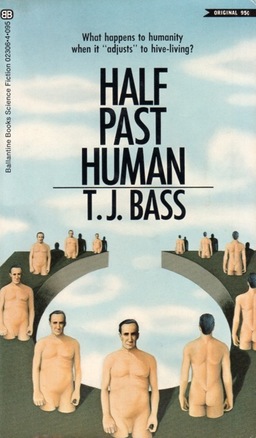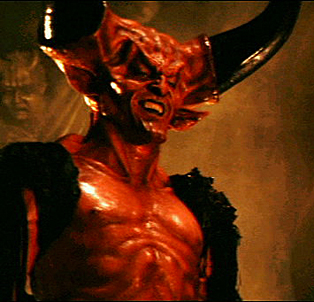Unbound Worlds on 7 Great Occult Detectives
 |
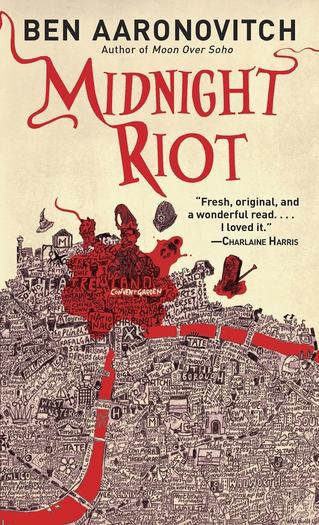 |
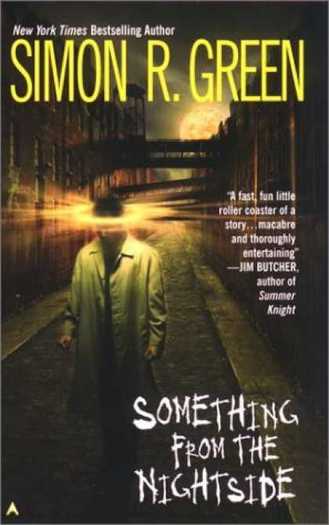 |
Matt Staggs seems to be most productive blogger over at Unbound Worlds, the house blog of Penguin Random House. He’s certainly produced most of my favorite stuff over there recently, including 4 Epic Fantasy Novels Written Before The Lord of the Rings, Have a Look at D&D Creator Gary Gygax’s FBI File, and 3 Great Novels to Read After You’ve Seen Wonder Woman.
But the piece I find myself returning to multiple times in the past two weeks is his June 5th article “7 of Urban Fantasy’s Great Occult Detectives,” in which he showcases some of the recent heroes and heroines who’ve followed in the footsteps of famous ghost hunters like Carnacki The Ghost Finder, Jules de Grandin, Aylmer Vance, John Thunstone, Titus Crow, and many others. Staggs proves this proud sub-genre is far from dead, and his proof includes series from Jim Butcher, Daniel José Older, Seanan McGuire, Laurel K. Hamilton, and others. Here’s a few of my favorites from his list.
